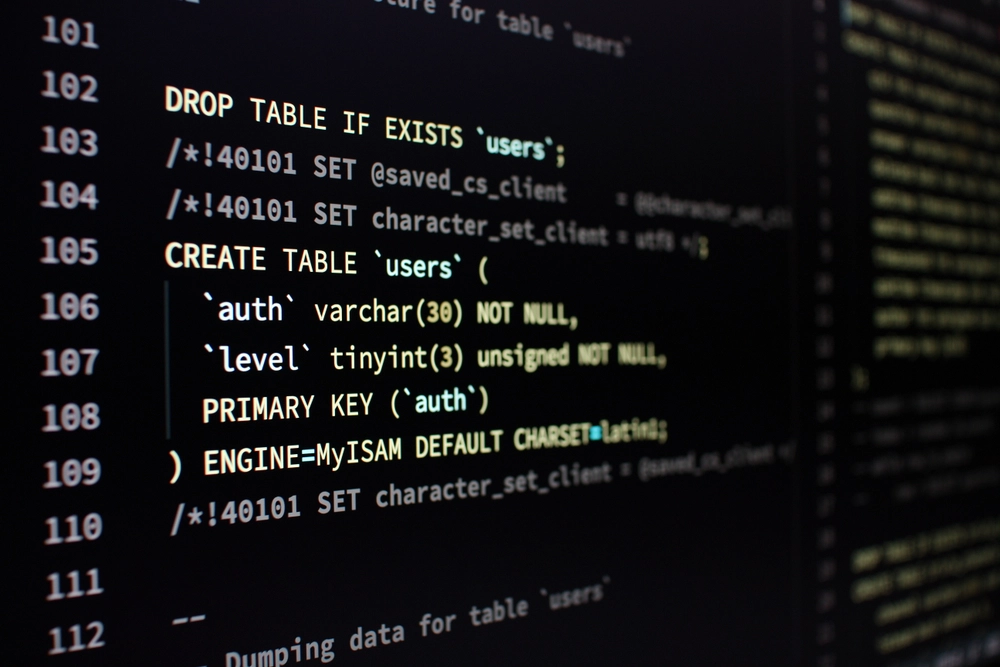
Table of contents
Visual Basic (VB) is a third-generation programming environment created by Microsoft and first released in 1991. The system works by allowing a programmer to use a graphical user interface (GUI) in order to choose and modify sections of code that have been pre-selected from a basic programming language.
Visual Basic was designed to be easy to learn and use, which is why it is often used to prototype an application. It will likely then be written in a more difficult language that is better suited to the app. The technology is also widely used to write working programs.
The creation of VB came from a user-friendly programming language that was designed for beginners to get to grips with.

Is Visual Basic still used?
Visual Basic is not among the most popular languages still in use but it continues to receive support from Microsoft. The company still adds new tools for VB developers to Visual Studio and .NET.
VB is the primary programming language for the Windows operating system and it is used in the development of applications such as the Microsoft Office suite.
How do you use it?
Using VB relies upon a mixture of visually arranging components on a form combined with specifying attributes and components, it can also be necessary to write additional lines of code in order to add more functionality.
Alan Cooper from the company Tripod is credited with creating the drag-and-drop design for Visual Basic.
Microsoft has developed derivatives of Visual Basic for use in scripting.






